MUSICAL FORCES
This book is a publication of
INDIANA UNIVERSITY PRESS
601 North Morton Street
Bloomington, IN 474043797 USA
iupress.indiana.edu
Telephone orders 8008426796
Fax orders 8128557931
2012 by Steve Larson
All rights reserved
No part of this book may be reproduced or utilized in any form or by any means, electronic or mechanical, including photocopying and recording, or by any information storage and retrieval system, without permission in writing from the publisher. The Association of American University Presses Resolution on Permissions constitutes the only exception to this prohibition.
 The paper used in this publication meets the minimum requirements of the American National Standard for Information Sciences Permanence of Paper for Printed Library Materials, ANSI Z39.481992.
The paper used in this publication meets the minimum requirements of the American National Standard for Information Sciences Permanence of Paper for Printed Library Materials, ANSI Z39.481992.
Manufactured in the
United States of America
Library of Congress
Cataloging-in-Publication Data
Larson, Steve, [date]
Musical forces : motion, metaphor, and meaning in music / Steve Larson ; foreword by Robert S. Hatten.
p. cm. (Musical meaning and interpretation)
Includes bibliographical references and index.
ISBN 978-0-253-35682-6 (cloth : alk. paper) ISBN 978-0-253-00549-6 (e-book) 1. Music Physiological aspects. 2. Music Physiological effect. 3. Music Psychological aspects. I. Title.
ML3820.L36 2012
781.1 dc23
2011024022
1 2 3 4 5 17 16 15 14 13 12
IN MEMORY OF ROBERT TROTTER
CONTENTS
FOREWORD
ROBERT S. HATTEN, SERIES EDITOR
Musical Forces is the culmination of over 25 years of speculation, research, and empirical inquiry into the ways we experience motion, and hence meaning, in music. Inspired by the work of Rudolf Arnheim on visual perception and Douglas Hofstadter on analogy, Steve Larson develops a theory of musical forces that affect our perception of both melody and rhythm, by analogy to our embodied (and cultural) understanding of physical forces.
Written for a wide audience, the book reflects Steves engagement with several often-overlapping scholarly and pedagogical communities. Cognitive scientists will find extensive empirical testing of Steves hypotheses concerning our metaphorical understanding of musical forces in terms of our experiencing of corresponding physical forces, along with a generous sampling of basic musical examples. Students will find a careful sequencing of concepts and applications, with frequent summaries and cross-referencing, and a helpful glossary. Experienced musicians will find more sophisticated music examples demonstrating Steves sensitivity to tonal musical styles, ranging from classical to jazz. Speculative music theorists will appreciate Steves careful balancing of musical intuitions and hard science, and his encyclopedic knowledge of the relevant scientific, music theoretical, and music historical literature on movement, metaphor, and meaning. And future researchers will find a suggestive list of recommendations for further exploration within the paradigm Steve has so artfully constructed.
In the fall of 2010 Steve learned he had a brain tumor, and although he had completed the entire manuscript, he did not live to see this book appear. I am thus especially grateful to music editor Jane Behnken, her able assistant Sarah Wyatt Swanson, June Silay, and the production staff at Indiana University Press for their diligent work preparing the manuscript for publication. Jodi Jolley compiled the index. As series editor, I responded to the copyeditors queries after consulting on the phone with Steve as much as was then possible, and in late summer I gave the entire manuscript a close proofreading in his stead. Not only were Steves ideas fully formed, he also expressed them with his inimitable voice, wit, and charmall of which you will find preserved here.
Those of us who were privileged to have known Steve will remember his courage and serenity throughout his last months. He was a dear friend and colleague to many, and we will miss him terribly. This book may serve as a fitting memorial to his visionary ideas, his love of music, and his passion for sharing both.
PREFACE
This book describes a theory of musical forces and some of the evidence for that theory. Thus it is aimed primarily at professional music theorists. I hope, however, that it may interest other types of readers as well including cognitive scientists (especially those with interests in psychology and expectation, the phenomenology and aesthetics of music, computer science and artificial intelligence, and cognitive linguistics), musicians from other sub-disciplines of music (especially history, ethnomusicology, music education, jazz, and popular music), and general readers with an interest in music.
Because it is written for such different audiences, members of each will inevitably find some portions too difficult or maybe even painfully simple. I hope the overview in will help readers find those portions of greatest interest (and to identify passages they may wish to skip). I have also included a glossary at the end of the book, partly as a way to summarize and review its basic concepts but also to help those readers who find its terms unfamiliar (or who find that my use of those terms differs from what they are used to or would have expected).
The theory of musical forces concerns the experience of certain listeners: those listeners of tonal music who have internalized the regularities of common-practice tonal music to a degree that allows them to experience the expectations generated by that music (the music of Bach to Brahms and much jazz and popular music). When this book talks about we or us, it is talking about members of that musical culture.
This book assumes that its readers are familiar with musical notation and have some grasp of the fundamentals of harmony. (Readers who have not learned harmony by taking piano lessons or an undergraduate course on this topic may wish to consult a book on music fundamentals such as Victor Zuckerkandls Sense of Music [1959].) While I hope that this volume will be of interest to professional music theorists, much of what I say does not require a prior understanding of the technical vocabulary of advanced music theory.
ACKNOWLEDGMENTS
First things first: thank you, Sonja Rasmussen, for your love and support I have incorporated a number of your valuable substantive suggestions, and your encouragement has really helped me to put this all into a final form.
My interests in motion, metaphor, and meaning go back to my years as a student at the University of Oregon, where my 1981 masters thesis, written under the supervision of Robert Trotter and Peter Bergquist, explored the role of metaphor in musical meaning by offering my own metaphorical descriptions of pieces by the group Oregon and then asking how music analysis could illuminate the types of motion described.
At the same time Marion Guck was doing her seminal work on metaphor at the University of Michigan. And when, just a few years later, I encountered her work and her encouragement to pursue my own I decided to dig deeper into the topic. Marions work continues to be an inspiration and model for my own.
This book began to take shape more than twenty-five years ago, as a term paper for a course at the University of Michigan. That course, called Psychology of Comparative Arts, was taught by Rudolf Arnheim. During his office hours we had many conversations about how his ideas on Gestalt psychology and the perception of art might be applied to music. My correspondence and conversations with him after completing that course continued to inspire my work. In fact, this book may be regarded as an elaboration of his 1986 article Perceptual Dynamics in Musical Expression.
Next page


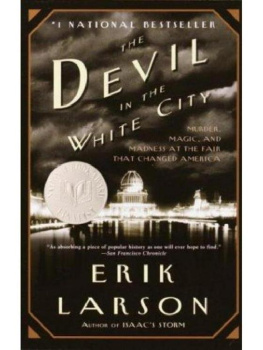
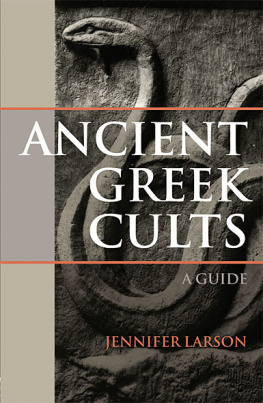



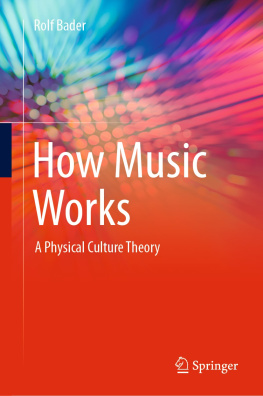
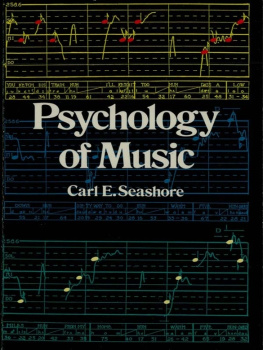
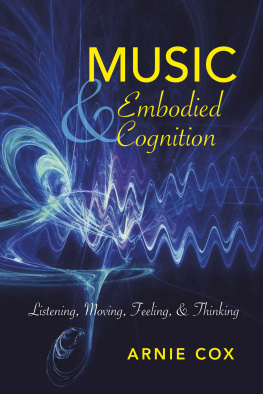

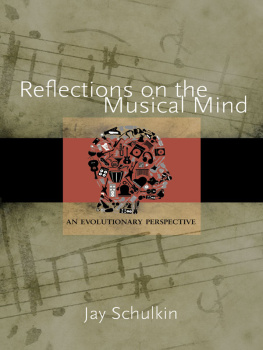

 The paper used in this publication meets the minimum requirements of the American National Standard for Information Sciences Permanence of Paper for Printed Library Materials, ANSI Z39.481992.
The paper used in this publication meets the minimum requirements of the American National Standard for Information Sciences Permanence of Paper for Printed Library Materials, ANSI Z39.481992.